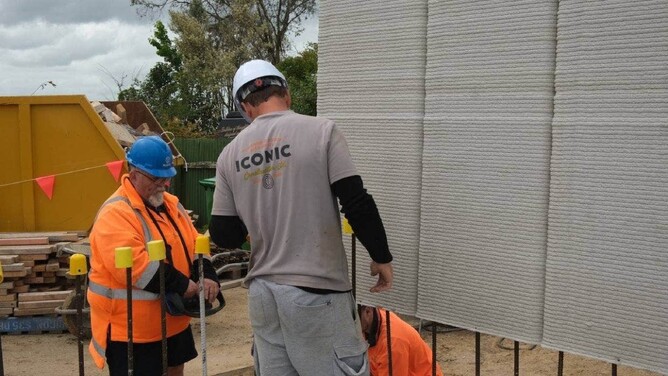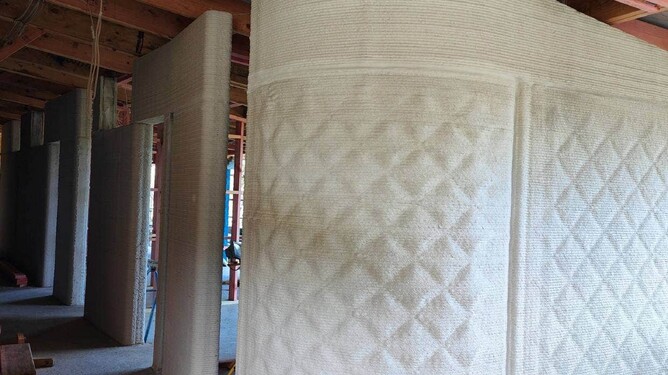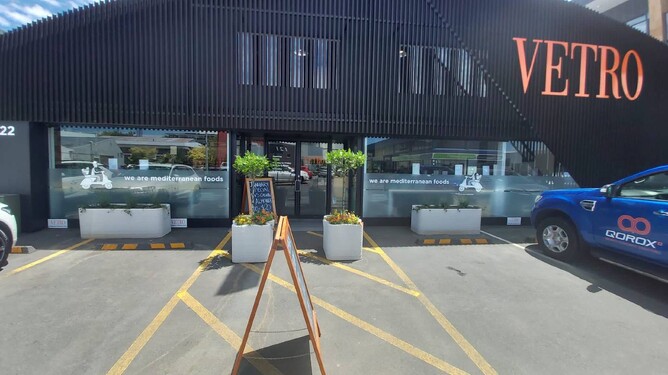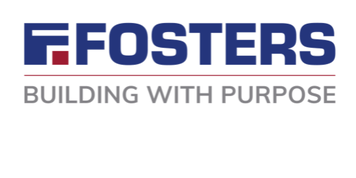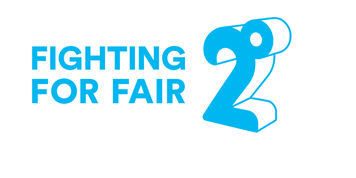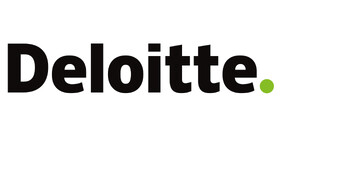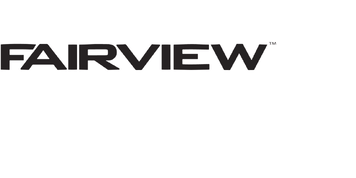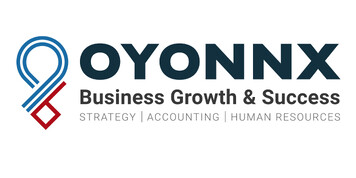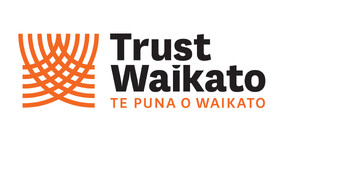A chance, overheard discussion at one of the Chamber’s BA4s led us to visit Johnny Gordon from Iconic Construction at their building site in Maeroa to learn more about 3D concrete printing.
As we drove up to the site it looked just like any other building site you would see in New Zealand, but as we would soon find out, was for the first commercial building made with 3D concrete printing technology in the Southern Hemisphere.
The end result would be a childcare centre, and came about through a partnership between two Hamilton-based Chamber members: Iconic Construction and QOROX.
Johnny Gordon and Nick Lane of Iconic, the GM and Partner, respectively, had planned to build the centre the traditional way with timber texture precast panels. But a chance meeting with Wafaey Swelim from QOROX led them to use 3D concrete printed panels instead.
Watch our interviews with Johnny Gordon and Wafaey Swelim here
As the name suggests, Iconic Construction are about creating unique projects, so it was only natural they partnered with QOROX. The name QOROX, however, gives nothing away about how revolutionary their approach to construction is.
QOROX's building systems and processes, driven by their additive manufacturing or 3D printing solutions, are setting a new standard for building quality, efficiency, effectiveness and adaptability which dramatically reduces construction timeframes.
Think of the issues the New Zealand construction industry have faced in recent times: material quality and cost escalations, supply chains, labour cost and shortages, the sustainability and resilience to natural disasters of materials used, not to mention the shortage of houses the country has and the time it would take to build all that are required.
3D concrete printing has the potential to solve all of these issues, revolutionising the construction industry in New Zealand.
The possible time savings are enormous. Panels can be printed in minutes and trucked to the construction site where, at the Maeroa build, they took around 22 minutes to install. Johnny believes they can get this down to 10 to 12 with more experience.
Wafaey explains the average time to build a house in New Zealand is around nine months, but with 3D concrete printing being used, this can be reduced by three to four months.
Apart from the Maeroa build, QOROX were also involved in the world's first solar passive house with 3D printed walls which was completed in Huia in Auckland, with the walls being key to the passive solar design as they transmitted heat well.
QOROX was also the first construction business in Australasia to successfully implement concrete 3D printing building solutions that were building code compliant.
Commercial and residential are just some of the potential applications. Landscaping, which can double as ram raid protection, offers a much more visibly appealing solution than bollards, as evidence by this Vetro Mediterranean Foods on Rostrevor St in Hamilton.

